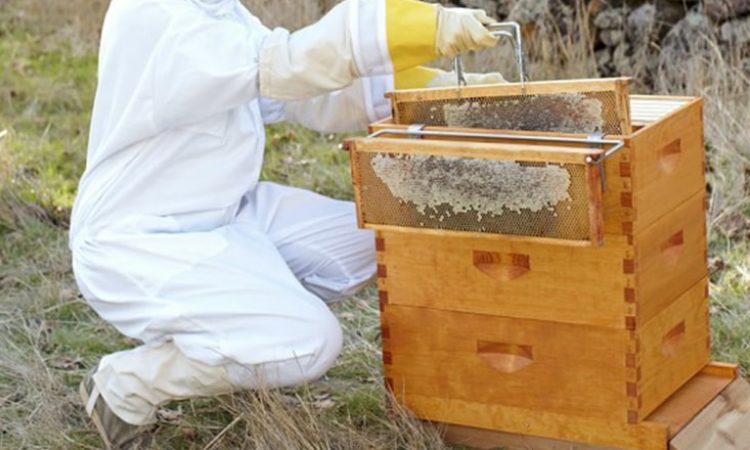

Quick Access :

![]() Honey is one of the most valued natural products introduced to humankind since ancient times. Traditionally, honey is used in the treatment of eye diseases, bronchial asthma, throat infections, tuberculosis, thirst, hiccups, fatigue and wounds. According to modern scientific literature, honey may be useful and has protective effects for the treatment of various disease conditions such as diabetes mellitus, respiratory, gastrointestinal, cardiovascular, and nervous systems.
Honey is one of the most valued natural products introduced to humankind since ancient times. Traditionally, honey is used in the treatment of eye diseases, bronchial asthma, throat infections, tuberculosis, thirst, hiccups, fatigue and wounds. According to modern scientific literature, honey may be useful and has protective effects for the treatment of various disease conditions such as diabetes mellitus, respiratory, gastrointestinal, cardiovascular, and nervous systems. ![]()



Hashemie58,NO.2
info@farafood.com
+985138705584

Copyright by FARATEJARAT CO